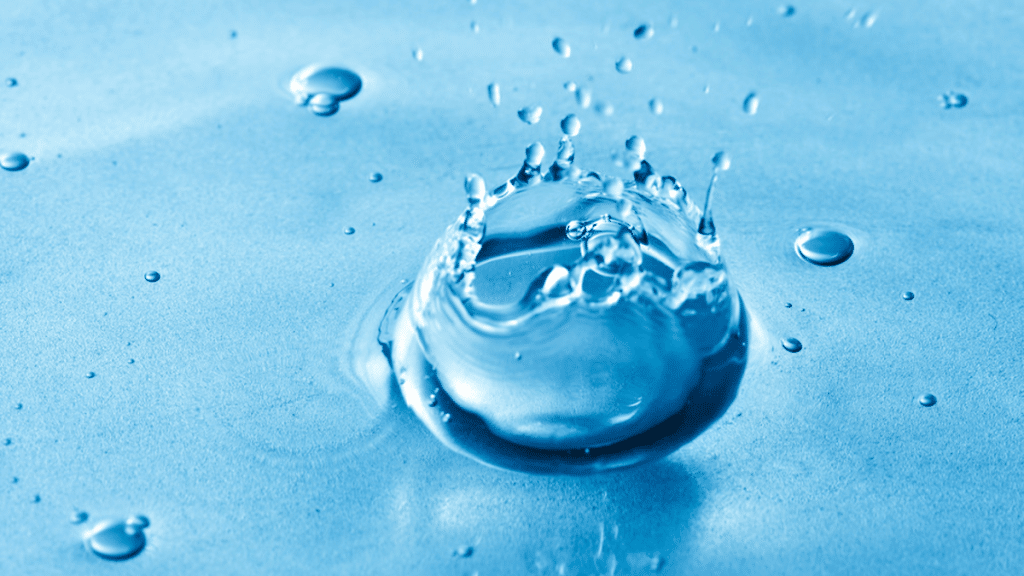Water is a basic requirement for life, but the quality of our drinking water is often an afterthought. Most homes get their water from municipal supplies that treat it to remove possible contaminants. Aging infrastructure and environmental factors can make water unsafe and put our health at risk. Bacterial, heavy metals, and chemical runoff levels can be high in visibly clean drinking water. For the health of your family, being sure your home’s water is safe is vitally important.
The question is, how can homeowners ensure their tap water is free from contamination? Water suppliers report regularly, but they are not necessarily required to specify each possible contaminant, which may leave consumers without a complete picture. Pollution and natural disasters can also introduce unexpected contaminants into water supplies. This goes to show how important water safety measures really are. Using a whole-house water filter can be the key to broadening your protection against pollutants.
Identifying Potential Water Contaminants
Tap water contamination at home can originate from industrial discharge, agricultural runoff, and natural sources. Heavy metals such as lead can leach into water systems from corroded pipes and plumbing fixtures. Studies of petrochemical pollutants and herbicides are typically conducted in rural areas with significant agricultural activity. Even with regulatory attempts to prevent it, breakdowns in systems can be found from time to time, bringing bacteria or parasites into the water network. This makes identifying issues difficult, but also critical to safety.
Although municipal sources usually provide cleaner water than many private wells, it is not impervious to threats. According to the Environmental Protection Agency (EPA), there are more than 80 contaminants that might be found in drinking water. These include naturally occurring materials like arsenic as well as pharmaceuticals and pesticides. Staying on top of potential threats is important for feeling secure about your family’s water usage. Knowledge of contaminants’ origins and the potential presence of a mixture of contaminants can help you decide which path to take for cleaner, safer drinking water.
Ensuring Safety Through Water Testing
Before deciding whether or not to filter your water, it’s a good idea to test your home’s water to find out which contaminants are present. Various testing kits are available for at-home use, where homeowners can retrieve data on pH levels, hardness, and infectious organisms. Professional laboratory testing will provide you with a more thorough analysis of your water, including warning signs about whether volatile organic compounds or heavy metals are present. Follow up on findings from labs with action flags about the potential threats and filtering or source water adjustments that should be made. This also allows establishing a regular testing process, which can again check and fix any new risks.
Educated consumers help make intelligent decisions when selecting filtration systems. A whole-house water filter is designed to target a wider range of contaminants at every access point to the water supply. That includes systems with reverse osmosis or activated carbon filters, which are intended to remove everything from particulate matter to dissolved chemicals. These systems offer high-level filtration, so drinking, cooking, and even showering are safe. There’s no better tactic than periodic water testing and matching your filtration choices to the results.
Considering the Role of a Whole-House Water Filter
A whole-house water filter can provide an additional line of defense and ensure that every faucet in the house is safe and sanitary. Unlike point-of-use filters, they treat contaminants at the point of entry into the home instead. Such systems have a wide variety of benefits, from better health outcomes to prolonging the life of plumbing systems, to improvements in the taste or smell of water. While the initial investment can be hefty, the health benefits and peace of mind that come afterward are worth it.
Whole house water filters work to prevent gastrointestinal diseases by actively eliminating the pathogens and biological contaminants in the source water. A major attraction for homeowners is that they can target hazardous chemicals — even those that can evade municipal filtration systems. That’s where standard items like particulate filters and niacin come into play to rid the unwanted debris or turbidity. This also keeps clogged pipes and other plumbing woes at bay by intercepting calcium, magnesium, and other scale-forming minerals. Such filters offer versatile advantages even in environmental conditions that may compromise water quality.
The process of improving water safety is ongoing, but reaching safe water is possible over time and with a few interventions by homeowners. By making sure the water in your house is safe to drink, you keep yourself and your loved ones healthy. There is no price too high for the peace of mind that comes with creating safe drinking water. In the end, if water quality is protected in your home, it will help provide a foundation for additional positive environmental impacts in your home and beyond.
